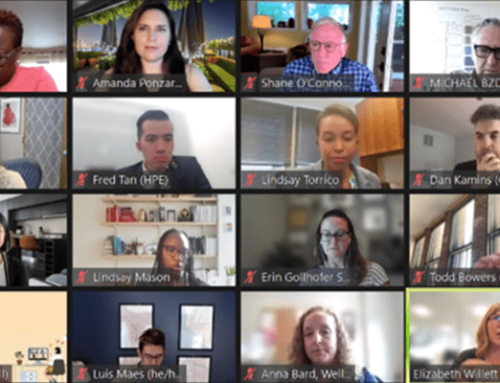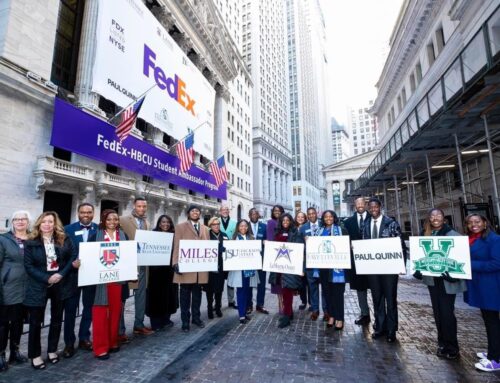By: Romana Rolniak, Walmart, Inc;
No One Carries Around a Thesaurus in Their Back Pocket
– When you were in school, did you have little tricks that you used on your papers to try to get a better grade?
Did you increase the margins, double space after periods and do little things to your font to help you reach that eight-page mark? Did you right click for synonyms to try making you seem smarter, more astute?
I did too. And there’s one secret I wish my English teachers would’ve told me much sooner: Your reader may be capable of reading at a higher level, but that doesn’t mean that they want to.
Plus, no one carries around a thesaurus in their back pocket… OK, we all do. It’s our phones. But, how often do you pull out your phone to look up a word you don’t know? (I got you on that one, didn’t I?)
If your readers don’t have to look up words, they will grasp your point faster and have a better chance of staying engaged.
In my role, I’m usually the first person to “edit” content. And, that content is always about a new program or initiative that a team of people has worked really hard on. Many of them work so hard on drafting their messaging and materials, they consider it their “baby”. They love it, they cherish it. Then, they package it up and send it over to me, hoping that I will smile and tell them it is beautiful.
Unfortunately, most of their babies are not as ready for the world as they think. Most of these partners are experts on the topic, and they may have studied it for 10 years. Most of the time, the drafts are written as though everyone is an expert on the topic. But, for those who did not study the topic over the last decade, it’s like trying to read a foreign language. That’s the key to crafting a message. You have to remember that your knowledge is not the same as your readers.
With newer writers, they may have a message that’s fairly simple to start with. Often, I get the feeling that the simplicity made them feel vulnerable and like they didn’t do enough. So, they move their mouse over those little words, right click and replace them with the bigger ones.
After I receive these drafts and we figure out their cascade plan (how the message will be delivered through the organization one level at a time), audience, what they are trying to solve for, etc., I start to read these messages and try to understand it from the perspective of the audience who are reading it for the first time. My goal is to translate what they are saying into efficient messages that our audience can easily understand and take action on…without investing valuable time trying to study it to comprehend it all.
My team works to make complex issues easier and cash in those dime-sized words for nickel-size words. But, we don’t all get a team of communicators to help with all the messages we send. So, my challenge to you is to be a clean writer. Write simply and clearly. Write in a way that you don’t limit your audience to just those with your level of understanding on a topic. And, for goodness’ sake, put away the thesaurus.
Romana Rolniak, Walmart, Inc
Romana Rolniak is a 10-year associate of Walmart, Inc. where she is currently responsible for communicating with 1.4 million U.S. store associates. Prior to the U.S. Communications team, she held several roles with the Walmart Foundation, where she supported volunteerism, workplace giving, communications and programs like Children’s Miracle Network Hospitals and the Associates in Critical Need Trust. She led teams across the business to plan and execute giving campaigns and led the development of multiple comprehensive stakeholder recognition strategies and multi-year fundraising strategies. Between 2010 and 2015, Romana served on the United Way Global Corporate Leadership Advisory Council, representing the Foundation. Romana holds a Bachelor of Arts degree in Music from the University of Arkansas.








